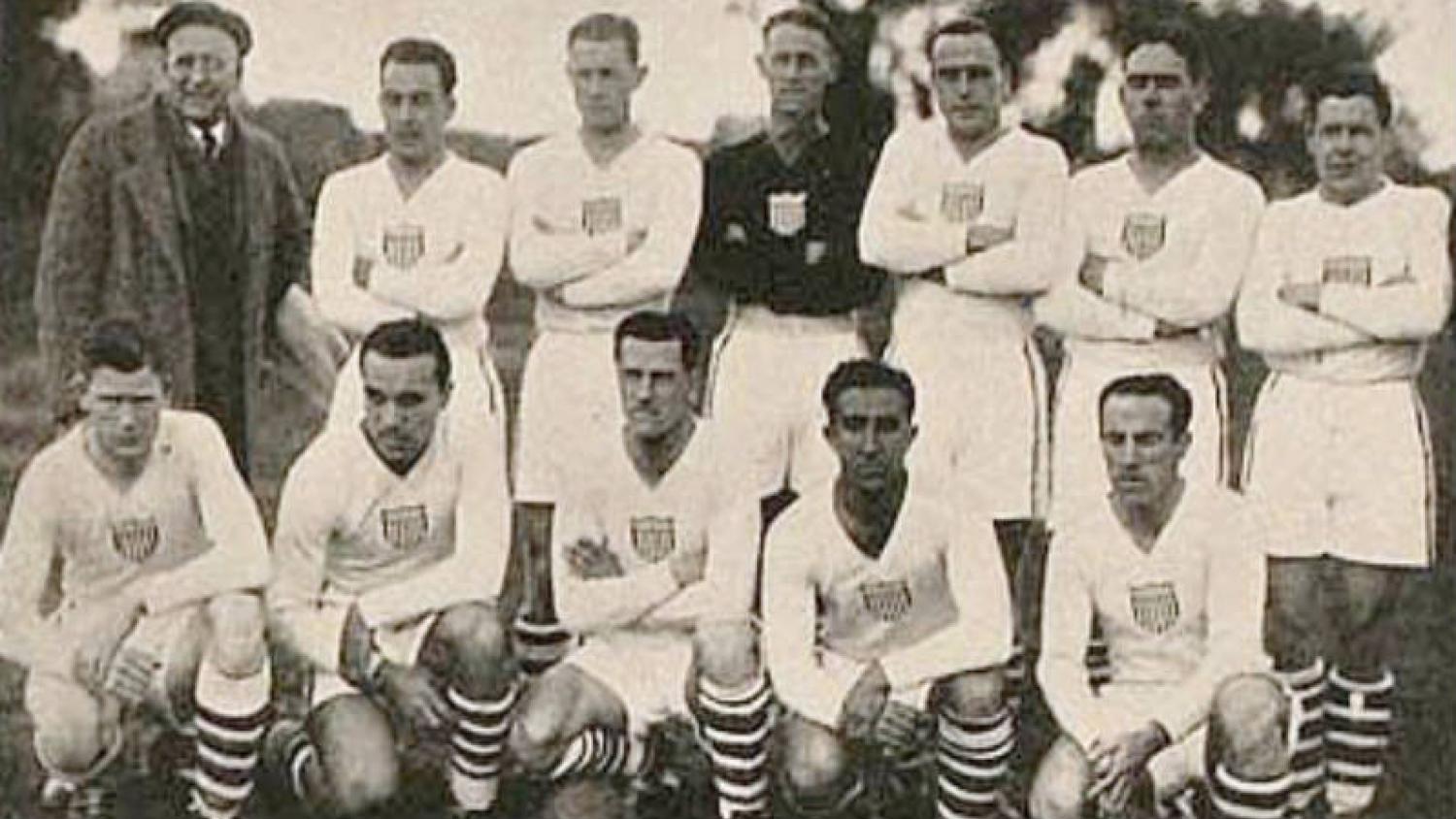Each week (or so), The18's Mike Smith takes a look at how football is portrayed and covered in the media and popular culture. This week, we review the book "The Ball is Round: A Global History of Soccer" by David Goldblatt.
This past weekend, I felt a hole in my soul. After waiting an eternity for the Premier League to return, we were subjected to an international break after only 3 matches, which meant a full weekend without league football. Though there were entertaining moments and controversies during the European qualifying matches, it was not enough to compensate for not seeing my beloved Chelsea in action. I wandered around my apartment like an extra on the Walking Dead: brain-dead, confused, and unsure of my place in this suddenly strange, meaningless world. Could I still have a beer at 9 a.m. even though there was no soccer on? I had more questions than answers.
And so, in looking for things to fill the void, I revisited, "The Ball is Round: A Global History of Soccer" by David Goldblatt. I first read this masterpiece last year as a way of learning more about the history of the beautiful game since I had only become a dedicated fan of the sport in 2006. What I found in this book was an incredibly comprehensive account of how the game developed throughout the world. Goldblatt goes continent by continent, decade by decade, highlighting the prominent individuals and clubs that stirred the native's passions while also putting soccer within the context of each historical period. As someone who had heard tidbits from announcers and pundits about the great historical teams of the past, whether it was the Hungarians in the 50s, the Brazilians in the 60s, or the Netherlands in the 70s, I was fascinated to learn the details about these squads and just how ground-breaking they were and how they compare to today's squads. It also serves an excellent resource for the South American club teams that do not get as much attention here in the United States as their European brethren.
Candidly, it is not always the easiest read, as Goldblatt's attention to detail, though impressive, can lead to dense passages that can feel like a history textbook. But for any passionate fan of the game, we cannot recommend this book enough as it really gives a sense of how the sport was exported and began to grow around the world. It also provides background knowledge for the political and social history of certain heated club rivalries, including how Spanish dictator Francisco Franco and his right-wing-leaning nationalist supporters backed Real Madrid against the left-wing-leaning Catalanian-based Barcelona squad. Thus, this book can serve as an excellent resource to help American fans "justify" their support for international clubs for reasons other than "I studied abroad there" (not that there's anything wrong with that).
Summer is (sadly) over; it is time to put down the easy "beach reads" and pick up something more substantive and attempt to learn something. "The Ball is Round" is an excellent place to start. Do not be deterred by its size, as when you finish it, you will feel an even greater appreciation for the beautiful game, as you will better understand how and more importantly, why, things are the way they are in today's footballing climate. The Premier League comes back Saturday morning, so you still have a few days to kill. This book is an excellent way to spend that time.
The Ball is Round is available on Amazon among other places.
Follow Mike Smith on Twitter @thefootiegent
It was ok he had that beer at 9am, right?

 Home
Home
